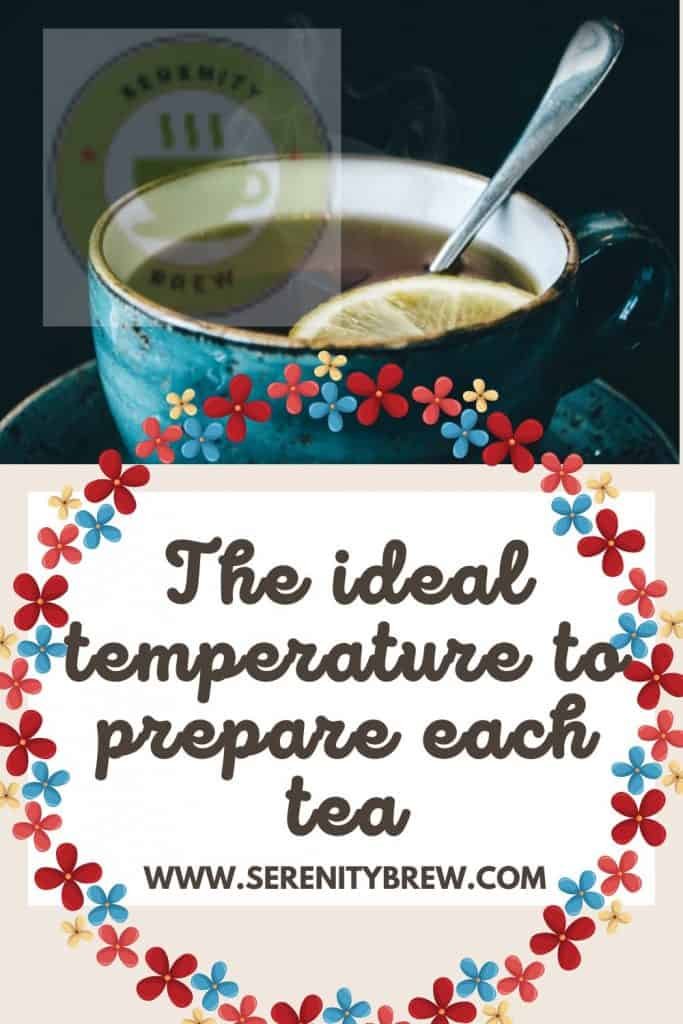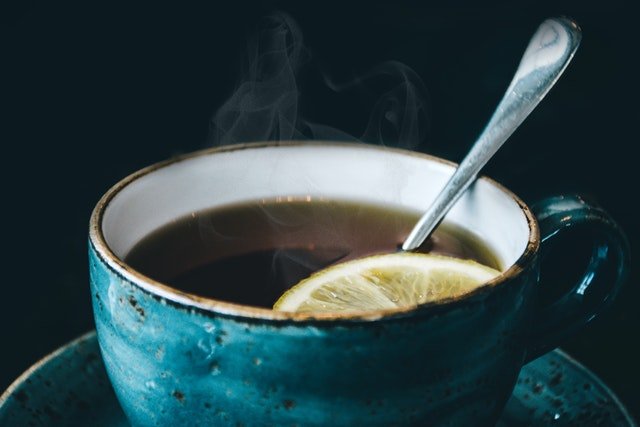
If there is an issue that tea drinkers do not reach a consensus on, it is what is the ideal temperature to prepare each tea.
While some give great importance to varying the temperature of the water according to the type of tea you want to drink in order to correctly extract the flavor and aroma without making it bitter, others maintain that the temperature does not matter and that it is simply necessary to bring the water to a boil. Who do you have to believe?
At Infusionismo, we have set out to resolve this issue that confronts passionate bottlers… or at least, look for data that supports both theories so that, finally, you can make an informed decision.
What is infusion temperature and how to measure it?
The first step in analyzing the ideal temperature to prepare tea is to define what we mean when we talk about the infusion temperature. Well, simply, it is the temperature of the water at the time of adding the tea leaves to it.
Teapot purists consider the temperature of the water as a key factor that determines the quality of the tea obtained; Of course, added to the quality of the leaves, the amount used, the time of rest and the container in which the tea is prepared.
They will also ensure that having a thermometer to take the temperature of the tea is an accessory that any teapot lover should have at home. The preparation of tea becomes, then, an almost exact science where the ideal temperature for each type would give rise to the ideal tea. Now, how can the ideal tea be defined?
The truth is that the ideal tea does not exist because each person has a different palate and tastes. By this, we mean that each person perceives aromas and flavors differently.
Have you ever thought about whether your mother, your brother, your friend or your partner perceives the taste of bread, tortilla or tomato in the same way as you? The same thing happens with tea. Just as there are people who deny some foods due to their taste, others perceive the taste of tea better when it has been infused at a higher temperature… or lower.
Of course, keep in mind that tea has tannins, phenolic compounds that develop with heat. These substances have an astringent and bitter taste; with which, the hotter the water you use to prepare your tea, the more astringent and bitter it will be.
Control the temperature or boil the water?
Here, the controversy begins. Let’s see and analyze both theories together, before drawing any conclusions.
Many tea specialists, explain that each type of tea must be prepared at a certain temperature. For example, green tea and white tea are considered more sensitive to heat and therefore are recommended to be brewed at lower temperatures; while black teas, being more robust and more oxidized, would better tolerate higher temperatures. In the middle, there are some varieties such as oolong.
Following the instructions of the Association, the ideal infusion temperatures for each type of tea would be:
- White tea : at 60ºC for between 3 and 7 minutes.
- Green tea: at 70 ºC for 2 and 3 minutes.
- Oolong tea: at 80ºC for 3 minutes.
- Red tea : at 95 ºC for 3 minutes.
- Black tea: at 95 ºC for between 4 and 5 minutes.
On the other side, we find those who maintain that the best infused tea is obtained with boiling water. These bottles indicate that this is how all the essential oils are extracted and that the supposed bitterness is a “popular legend”. Its way of elaboration is simply to boil the water and let the tea leaves rest for the recommended time. Later, strain and wait a couple of minutes before drinking.
At what temperature should the tea be infused?

The reality is that there is no “obligation” when it comes to preparing the tea. At Infusionismo, we always share with you the supposed ideal water temperature to infuse each type of tea, but it is only a suggestion based on the opinion of specialists.
The truth is that the temperature of the water depends on your personal tastes. Some people enjoy a more bitter taste or greater astringency, while others detest these characteristics in their tea. Others drink the infusions very hot and there are those who drink them just warm.
Without going any further, in England, where tea is drunk at all hours, they boil the water to prepare it. On the other hand, in Japan, gyokuro is prepared with water that can be defined as lukewarm and let’s not forget the cold infusion so widespread in that country.
In this way, if you like the way a white tea infused with boiling water tastes, perfect! The same if you prefer to prepare your black tea with warm water.
In general terms, and in order not to be extremely demanding with temperature, it could be said that these are the most suitable temperature ranges to prevent excessive tannin development:
- White tea: between 60 °C and 75 °C.
- Green tea: between 60 °C and 80 °C. Japanese green teas are usually infused at lower temperatures than Chinese ones.
- Oolong: Between 85°C and 95°C.
- Black tea: between 85 °C and 100 °C.
- Pu-erh: 100 °C or more.
In conclusion, the right temperature for each type of tea will depend on how you like it. How can you find out? Well testing. Don’t be swayed and use trial and error to determine how to make the perfect cup of tea for your palate.
